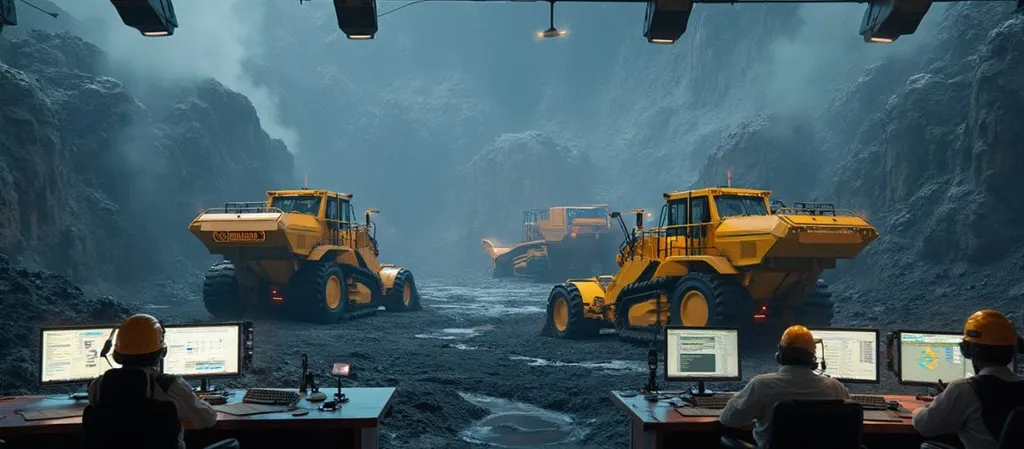In the heart of China’s coal mining industry, a groundbreaking development is poised to revolutionize the way underground drilling operations are conducted. Researchers at the China Coal Research Institute in Beijing have made significant strides in automating the drill pipe loading and unloading process, a critical yet hazardous task in coal mining. The study, led by Hanyu Sun and published in ‘Meikuang Anquan’ (which translates to ‘Coal Safety’), highlights the potential of multi-axis liquid-driven manipulators to transform the industry.
The traditional method of manually handling drill pipes is not only time-consuming but also poses severe health risks to workers. “The operating environment of underground coal mines is complicated and changeable,” explains Sun. “Manual drill pipe loading and unloading is extremely labor-intensive and poses a serious threat to the health of workers.” This research aims to address these challenges by introducing advanced automation technologies.
The study focuses on the dynamic path planning method for drill pipe loading and unloading manipulators. Path planning is a critical aspect of manipulator technology, determining the efficiency and accuracy of the system. Sun and his team have explored various path planning methods, particularly those based on the Rapidly-exploring Random Tree (RRT) algorithm. These methods have shown significant advantages in improving the accuracy of manipulator path planning, reducing operation time, and enhancing system robustness.
The implications of this research for the energy sector are substantial. Automating the drill pipe loading and unloading process can lead to increased efficiency and safety in underground coal mines. This, in turn, can reduce operational costs and improve worker safety, making coal mining operations more sustainable and economically viable.
Looking ahead, the research suggests several future directions. “Further improvement of the dynamic trajectory planning algorithm of the manipulator is needed to enhance the autonomous operation capability of the manipulator,” Sun notes. This could pave the way for more comprehensive applications of automation technology in underground coal mines, ultimately shaping the future of the energy sector.
As the world continues to grapple with energy demands and safety concerns, innovations like these offer a glimpse into a future where technology and human ingenuity converge to create safer, more efficient mining operations. The research published in ‘Meikuang Anquan’ is a testament to the ongoing efforts to advance the intelligentization of coal mines, promising a brighter future for the industry.

